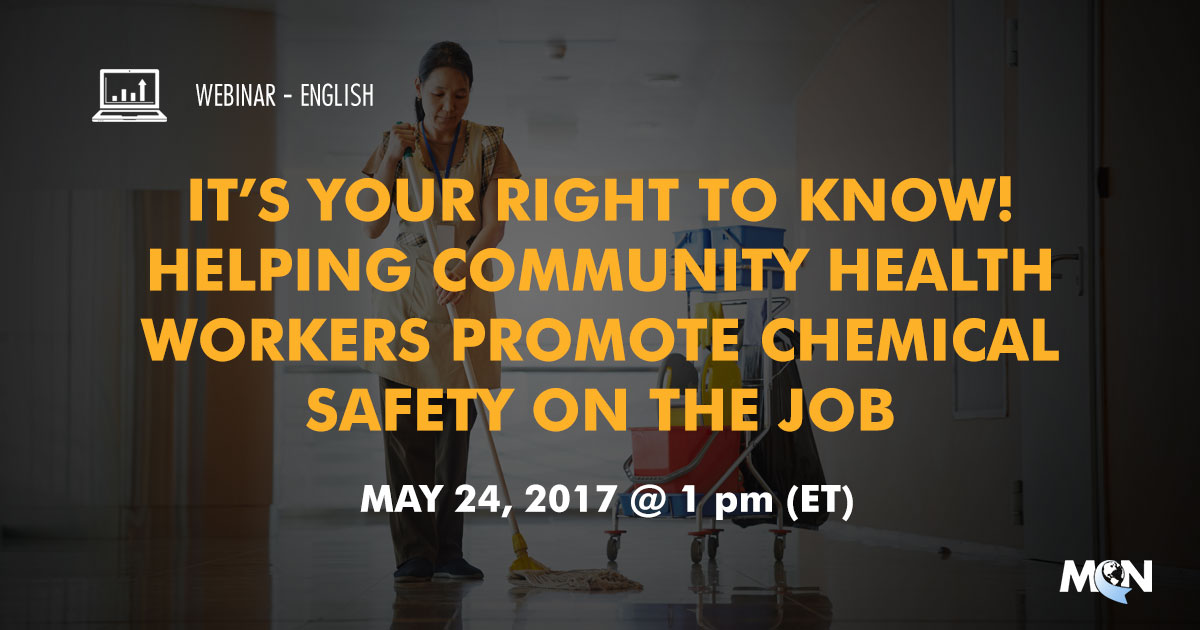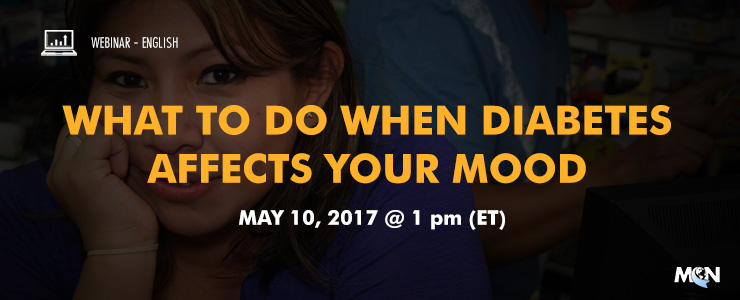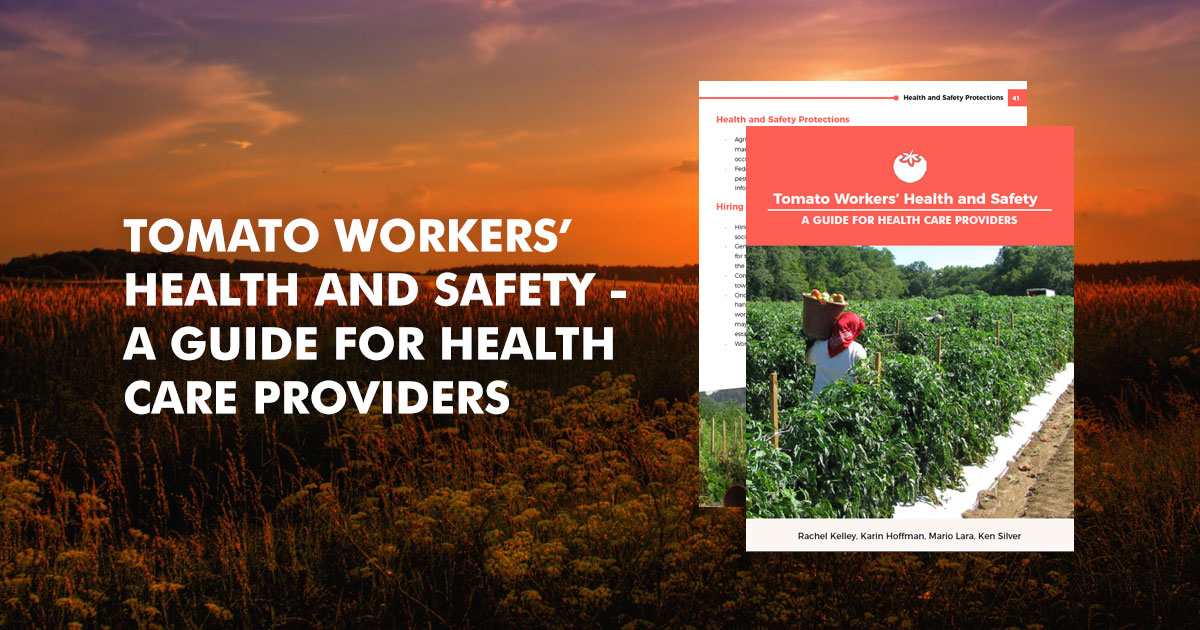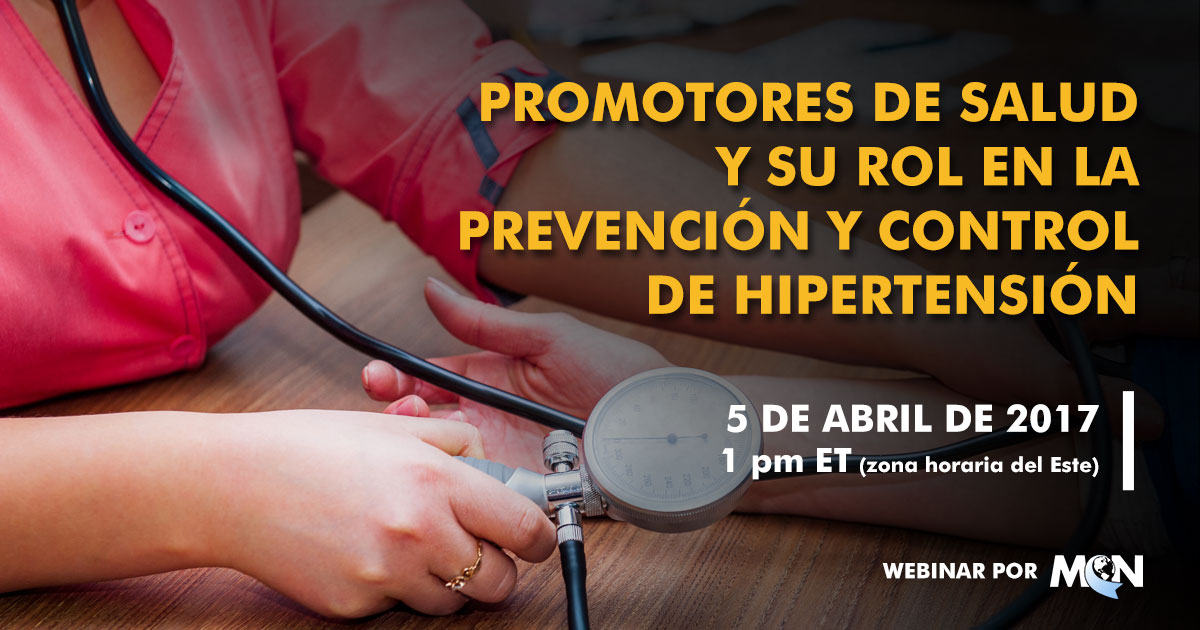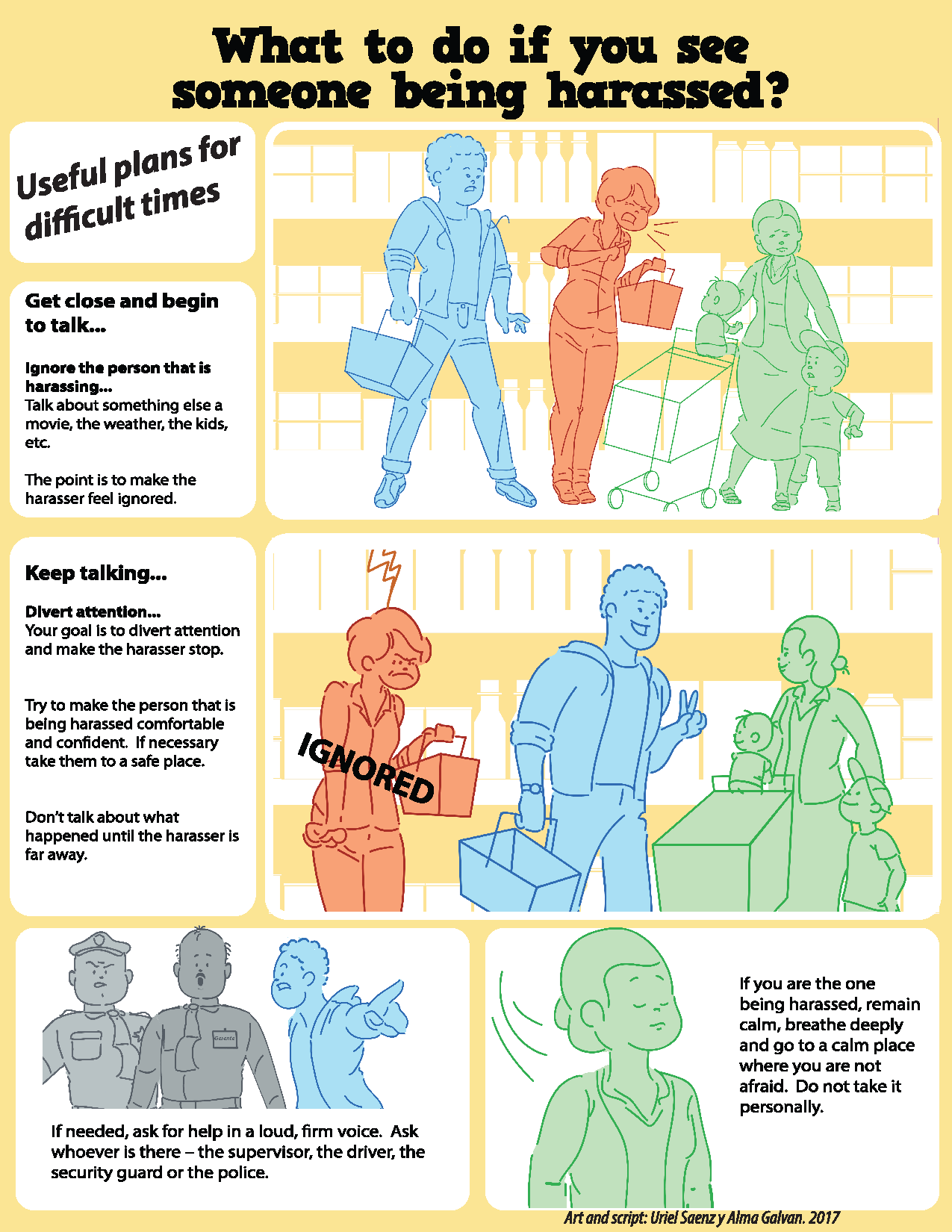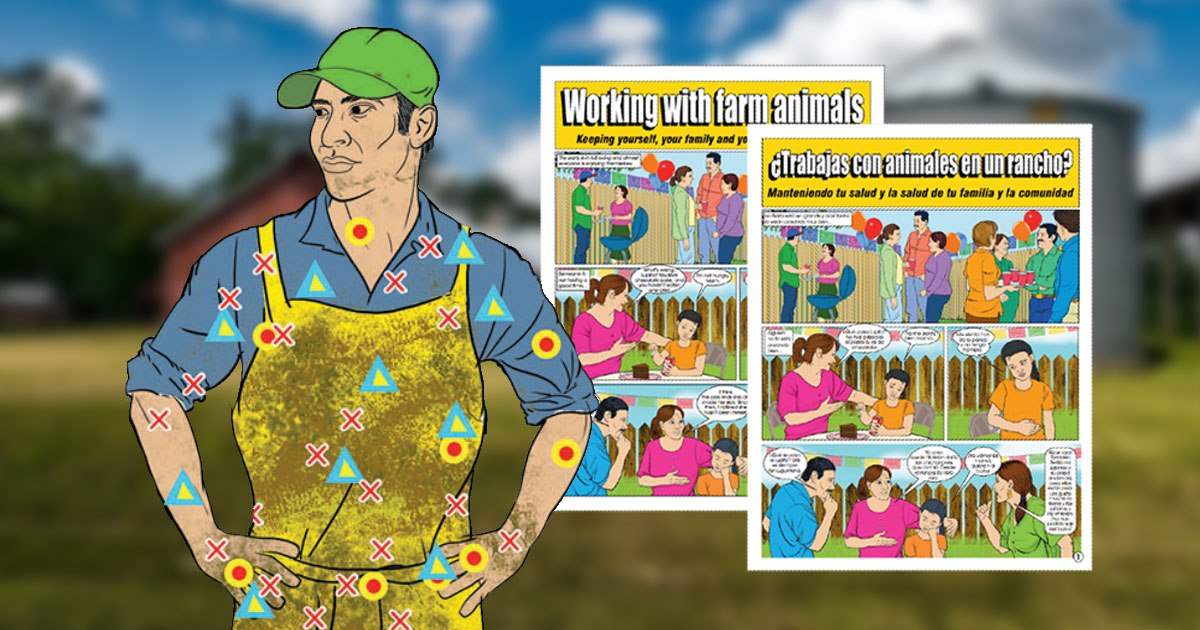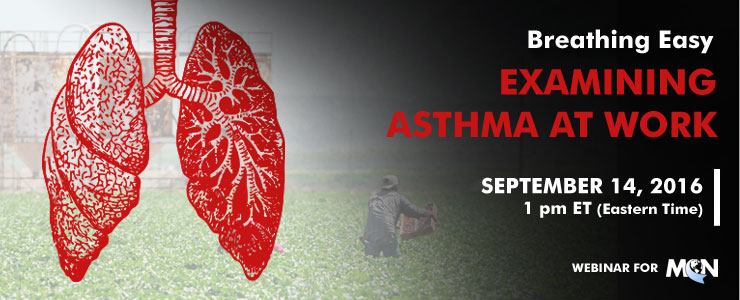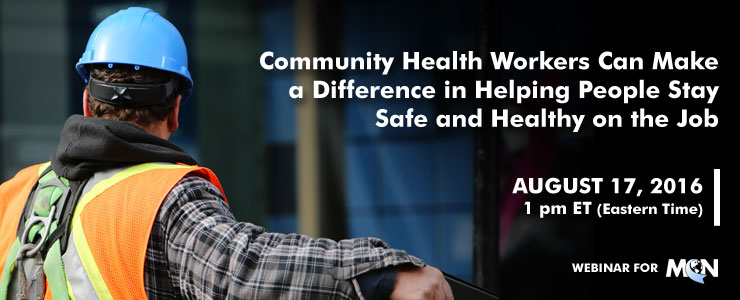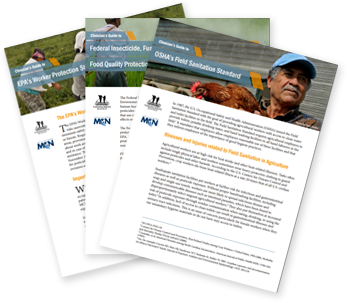The 1999–2013 United States Cancer Statistics (USCS): Incidence and Mortality Web-based Report includes the official federal statistics on cancer incidence from registries that have high-quality data, and cancer mortality statistics. It is produced by the Centers for Disease Control and Prevention (CDC) and the National Cancer Institute (NCI). This report shows that in 2013, 1,536,119 Americans received a new diagnosis of invasive cancer, and 584,872 Americans died of this disease (these counts do not include in situ cancers or the more than 1 million cases of basal and squamous cell skin cancers diagnosed each year).
This year’s report features information on invasive cancer cases diagnosed during 2013, the most recent year of incidence data available, among residents of 49 states, six metropolitan areas, and the District of Columbia—geographic areas in which about 99% of the U.S. population resides. Incidence data are from CDC’s National Program of Cancer Registries (NPCR) and NCI’s Surveillance, Epidemiology, and End Results (SEER) Program. Data from population-based central cancer registries in these states and metropolitan areas meet the criteria for inclusion in this report.
The report also provides cancer mortality data collected and processed by CDC’s National Center for Health Statistics. Mortality statistics, based on records of deaths that occurred during 2013, are available for all 50 states and the District of Columbia.
The report also includes incidence rates and counts for Puerto Rico for 2009 through 2013 by sex and age, as well brain tumor and childhood cancer data.
USCS data are presented in the following applications—
